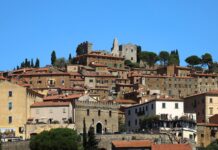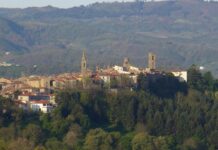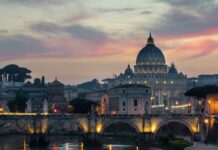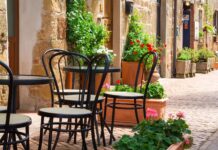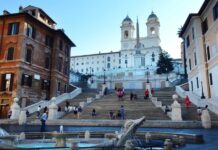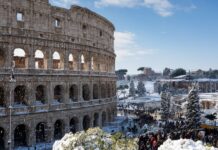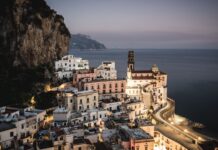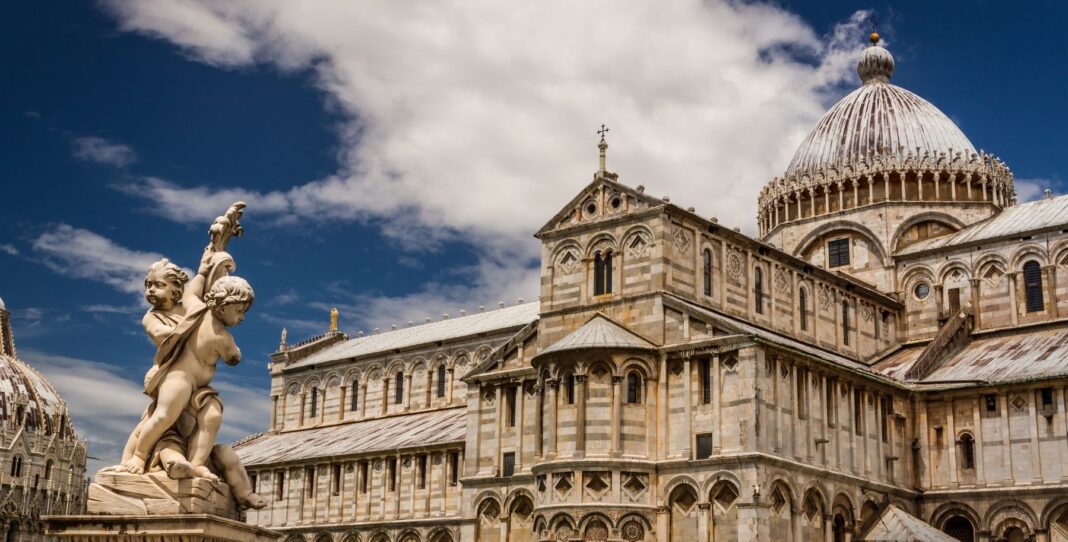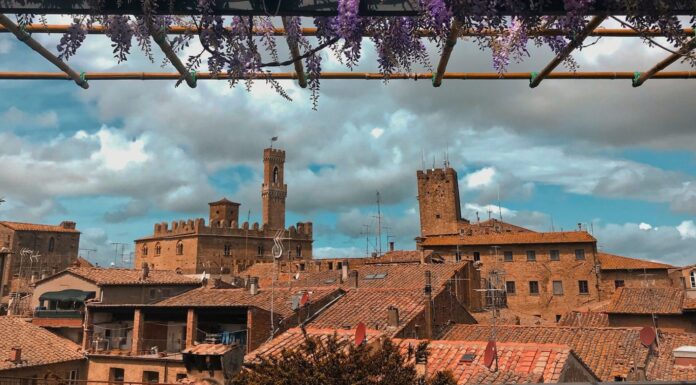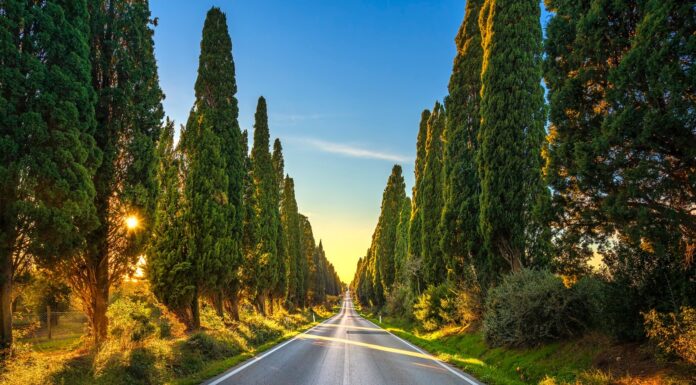Discover the heart of Italy through its central cities, each offering a unique blend of history, culture, and breathtaking landscapes.
Central Italy cities are a tapestry of medieval charm, Renaissance beauty, and lush countryside. From the artistic allure of Florence and Rome to the hidden gems of Spoleto and Orvieto, this region invites travelers to explore its rich history, indulge in culinary delights, and wander through cities where every stone tells a story. Whether you’re seeking architectural marvels, ancient ruins, or vibrant local life, central Italy has a city that will capture your heart.
Would you like to uncover the secrets of 25 of the best cities in central Italy? Keep reading as we explore the best things about these cities in this region.
1. Florence
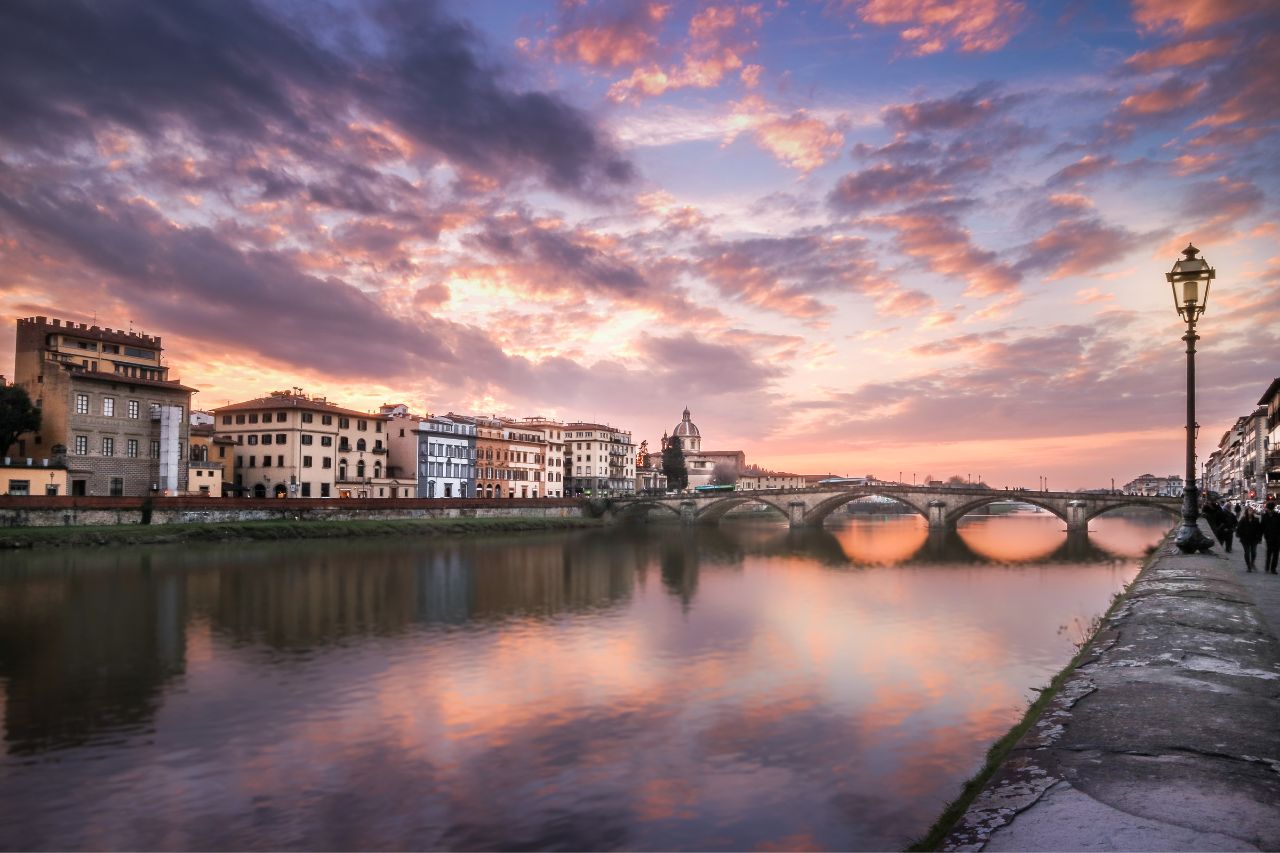
Known as an art lover’s paradise, Florence boasts some of the world’s best masterpieces, and you will find many art galleries. Florence also happens to be the home of the Italian Renaissance, which some historians believe was the most prosperous cultural period in all of Europe. To give you an idea, Florence has about 70 museums in the whole city, so you won’t run out of things to see and do here.
2. Pisa
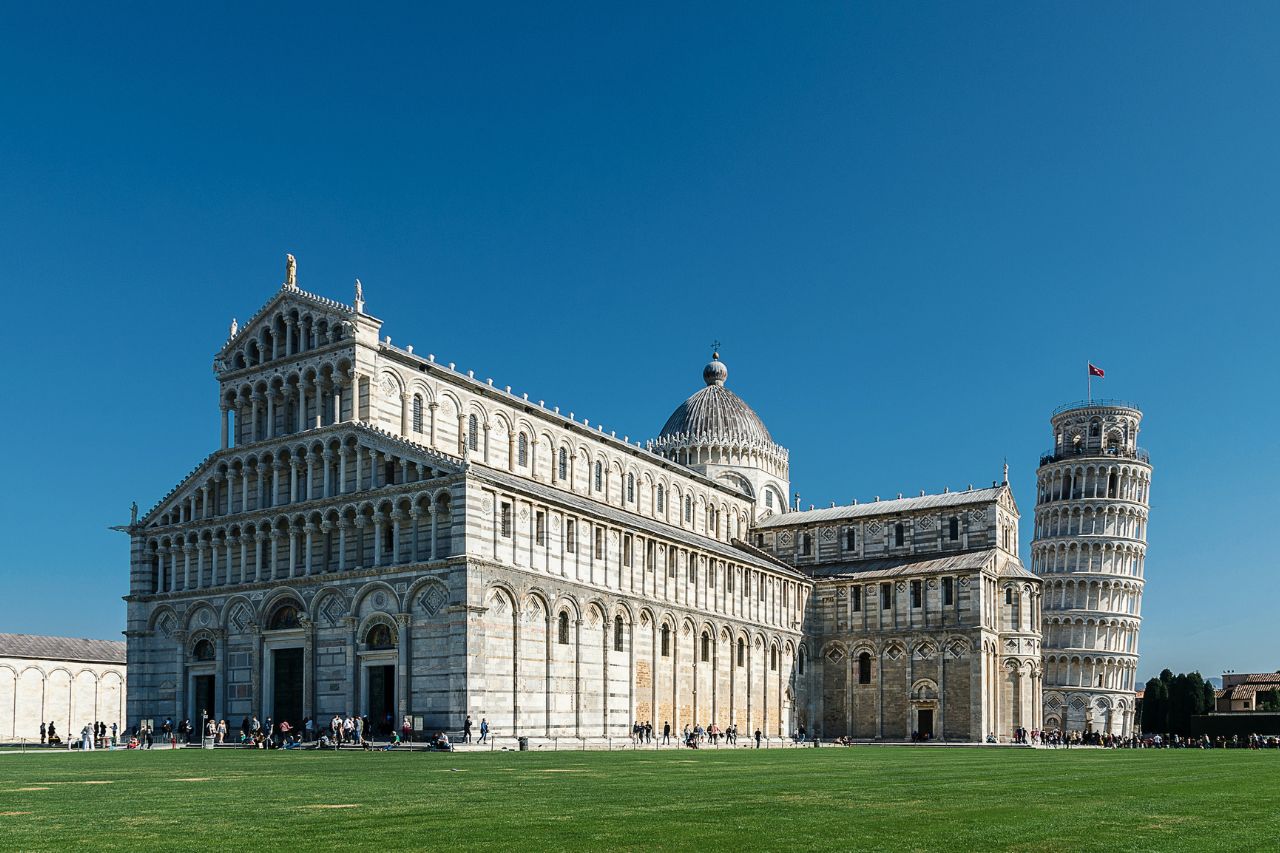
Famous for its classic landmark, the Leaning Tower of Pisa, this site has become known across the world. Along with the Leaning Tower, you might check out the baptistery and duomo. You can find so many things to do in Pisa. There are historical masterpieces, churches, palaces, and museums. Pisa also has a bustling nightlife, and located on the Versilia Coast, 6 miles from Pisa, is where some of the most famous discos are located including Forte dei Marmi and Viareggio. The best nightlife in the city would be found closer to the center of the city.
3. Siena

Ranked as the most beautiful medieval city in all of Italy, it would be a mistake not to go see this Tuscan city. One of the cities in central Italy, this classic hilltown has historic buildings strewn about, and they listed the old historic center as an UNESCO World Heritage site. Siena also ranks highly when it comes to the best walking cities. Its fan-shaped central square, Piazza del Campo, is known worldwide for hosting the Palio, a historic horse race that brings the city to life with vibrant traditions and community spirit twice a year.
4. Livorno

Livorno has a lovely canal system throughout, and many travelers arrive in Livorno on a cruise ship. You can find a number of contemporary and historic museums in Livorno. Many think of Livorno as a stopover city to the more popular destinations, but don’t let that stop you from exploring. Livorno ranks as one of the most important ports in all of Italy. Its unique character is also reflected in the Terrazza Mascagni, a picturesque waterfront promenade offering stunning views of the Tyrrhenian Sea, making it a perfect spot for an evening walk.
Italy Travel Secret
Did you know that Livorno has a unique feature called the “Venezia Quarter”? Constructed in the 17th century by Venetian architects, this enchanting maze of canals and bridges resembles Venice, adding a picturesque and surprising touch to the Tuscan city.
5. Grosseto
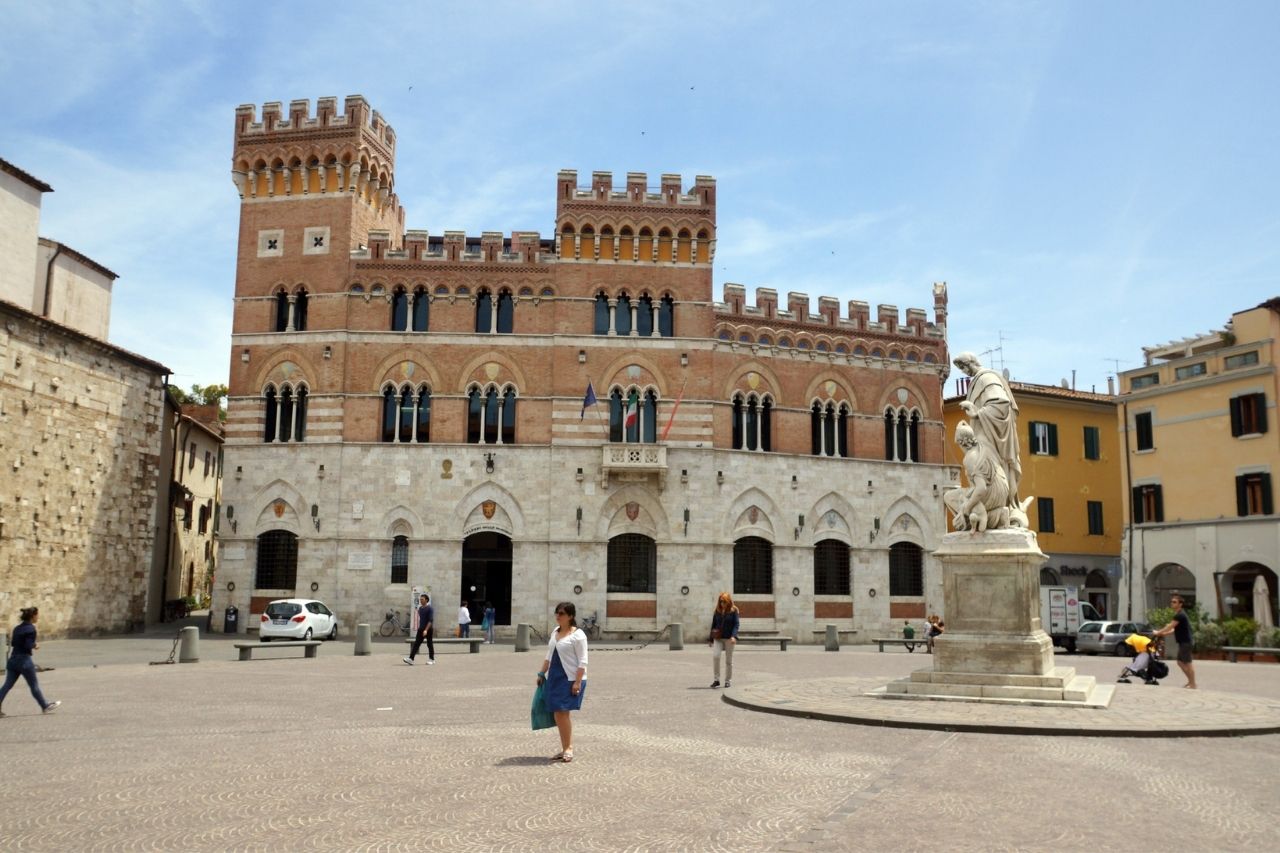
The perfect city to escape with the family, Grosseto has a reputation for its ambiance. You will find many unexpected surprises with it being home to one of the most beautiful natural parks in all of Italy, the Maremma Regional Park. Just keep in mind that this city is quieter than some of the other more touristy ones. Beyond its natural beauty, Grosseto’s medieval walls and well-preserved historic center offer a serene backdrop for leisurely exploration, blending the charm of ancient architecture with the tranquility of its natural surroundings
6. Arezzo
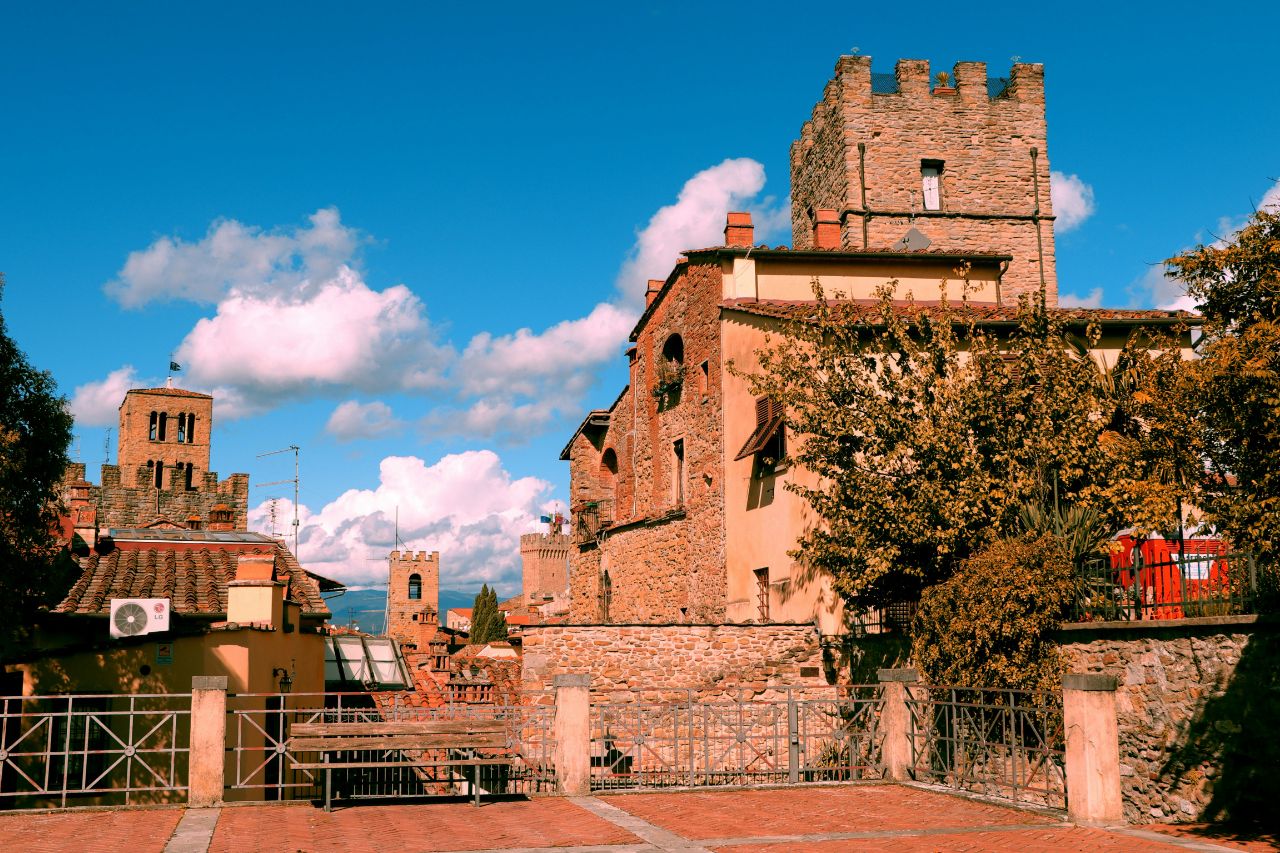
Arezzo is a hidden gem in Tuscany where the past and present blend seamlessly. Wander through its medieval streets, uncovering tales of ancient Romans and artful Renaissance. The Piazza Grande sets the stage for a monthly antique fair that’s a treasure trove for collectors. Don’t miss the frescoes of Piero della Francesca in the Church of San Francesco, a true masterpiece that captivates the soul. Arezzo, with its understated charm, offers a deeper glimpse into Tuscany’s rich tapestry of history and art, inviting you to explore its unique story.
7. Lucca
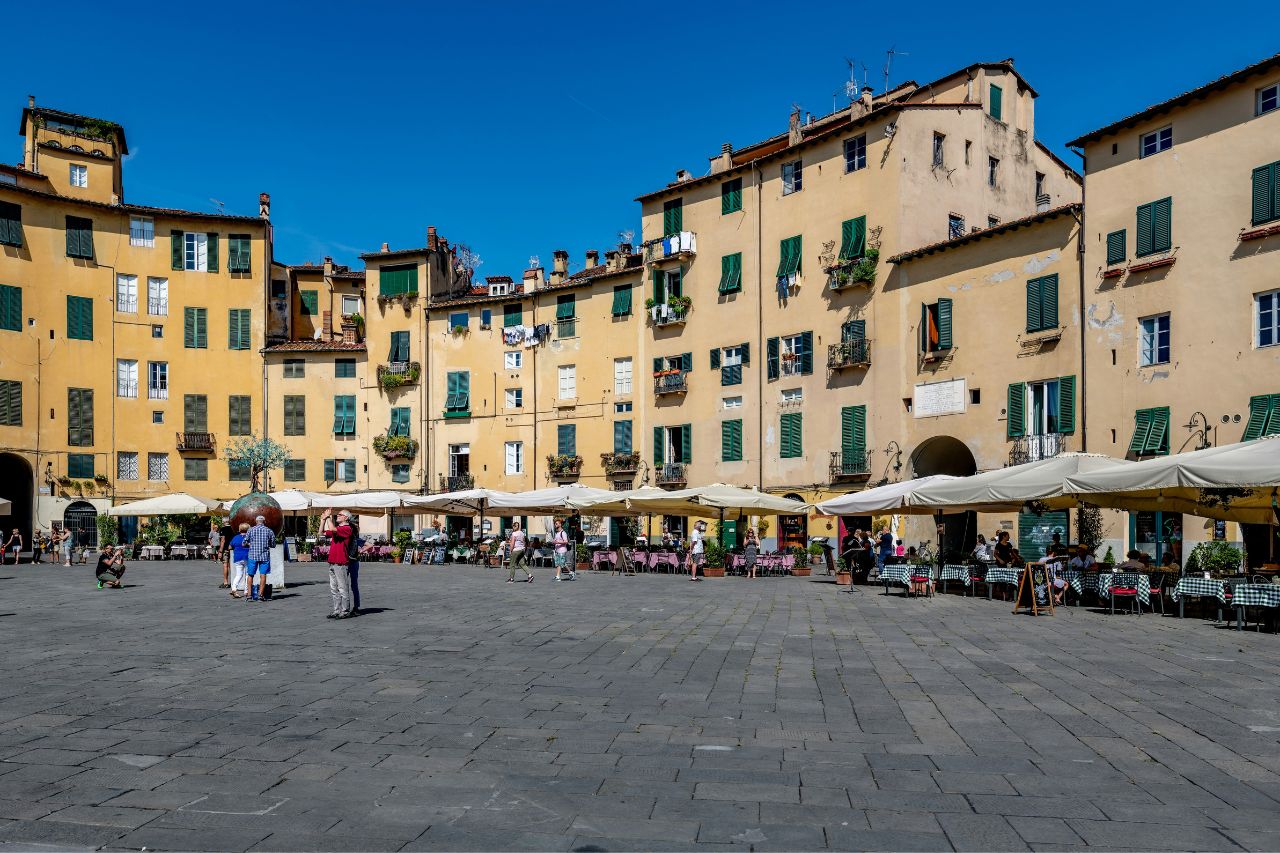
Lucca, encased in Renaissance walls, offers an enchanting stroll atop its historic ramparts, providing stunning vistas of the city and beyond. This Tuscan jewel, with its well-preserved buildings and vibrant plazas like the Piazza dell’Anfiteatro, echoes the Roman and medieval times. Lucca’s love for music, especially its homage to Puccini, fills the air with lyrical beauty. Its churches, like San Michele in Foro, are architectural marvels housing centuries of art and faith. Lucca is a serene retreat, where every alleyway and square tells the story of its glorious past.
8. Perugia

You will encounter ancient torn-down fortresses, panoramic strolls to hilltops, and stunning views of a beautiful city center. The city has become famous for its chocolates, and you might use it as a stopover site to the best cities in central Italy like Rome. Perugia’s historical charm is complemented by its vibrant cultural scene, with events like the Umbria Jazz Festival attracting music lovers from around the world. The city’s Etruscan walls and arches add to its historical allure, making it a captivating mix of the ancient and the contemporary.
9. Assisi
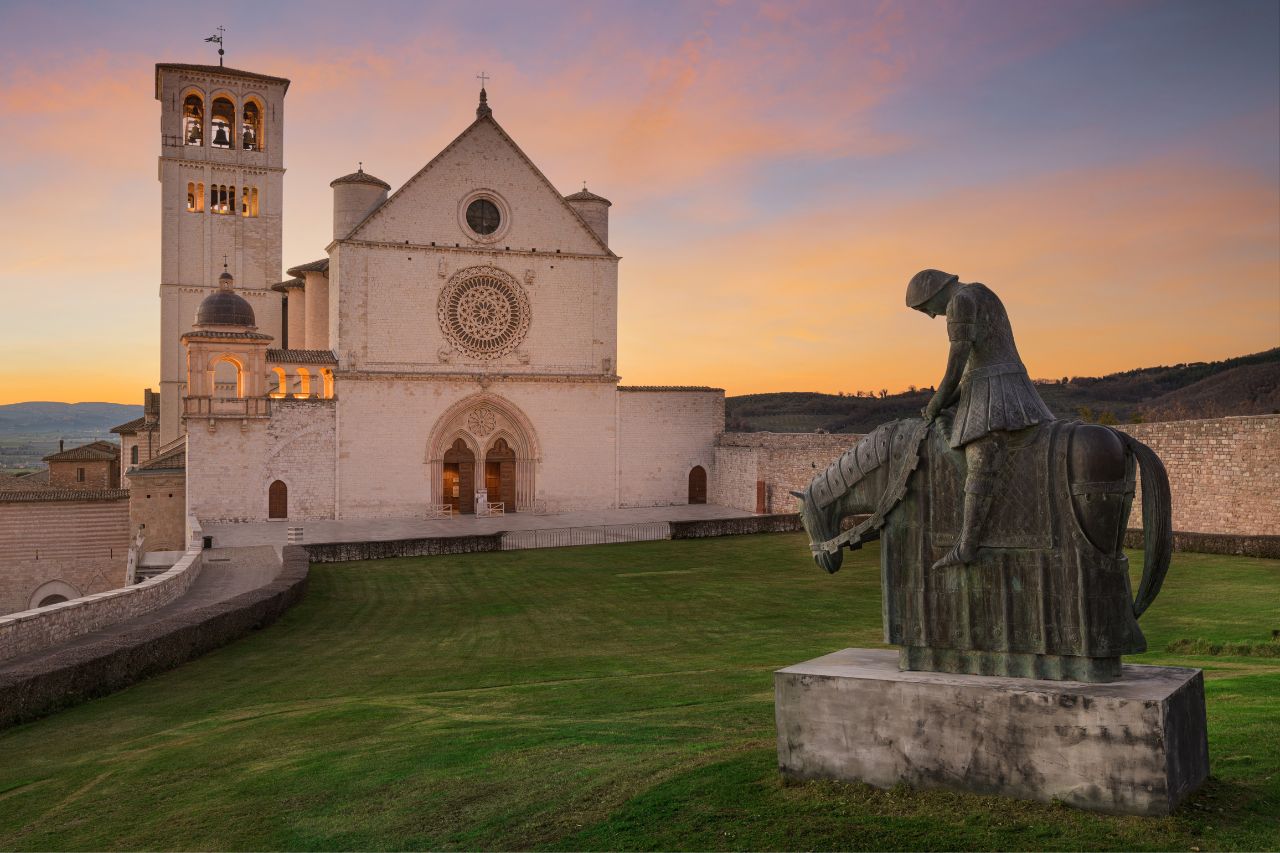
The city earned UNESCO World Heritage status, and you will encounter a long list of churches and historical sites to see here. Wonderful architectural buildings can be found throughout the city, and you will also find stunning art here. A visit to the basilica here will reveal spectacular murals and paintings that would rival the best art museums. Assisi’s spiritual atmosphere is palpable, with the peacefulness of the surrounding Umbrian countryside adding to the tranquility. The city is a pilgrimage site for many, drawn by the legacy of Saint Francis and the serene beauty of the area.
Italy Travel Secret
Did you know that Assisi has this really old castle called “Rocca Maggiore” on Mount Subasio? It’s been there since the 12th century! You can see amazing views of Assisi and feel like you’ve time-traveled.
10. Gubbio
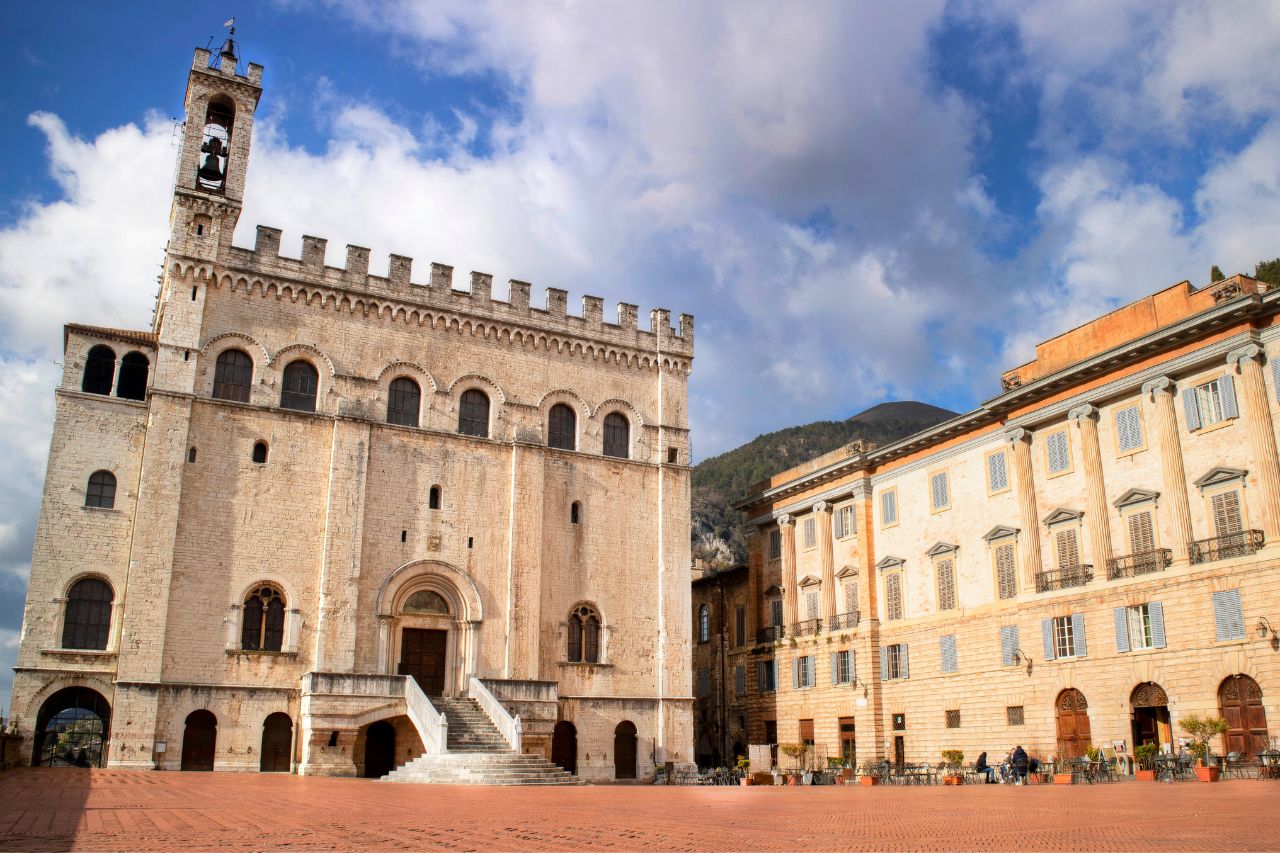
Gubbio represents the peak of medieval Italian cities from the 1200s to the 1300s. It stands out as one of the most ancient cities in Umbria, you will encounter many well-preserved monuments here. It’s a sizable town located at the base of Mount Ingino. Gubbio’s streets and squares, steeped in history, are home to the Corsa dei Ceri, a centuries-old festival that fills the city with color and excitement each year. The event highlights Gubbio’s deep cultural traditions and the community’s strong bond to its historical roots.
11. Terni

The city of Terni earned its reputation for its modern art and architecture. Some of the noteworthy things to visit here include Corso del Popolo, Piazza Tacito, and Largo Villa Glori. It’s known as “The City of Lovers,” and its patron saint is St. Valentine. Especially if you love cycling or hiking, Terni would make perfect sense as a place to see. Terni’s natural surroundings, including the Marmore Falls, one of the tallest waterfalls in Europe, provide a stunning backdrop for outdoor adventures, blending the allure of nature with the city’s artistic and architectural wonders.
12. Spoleto
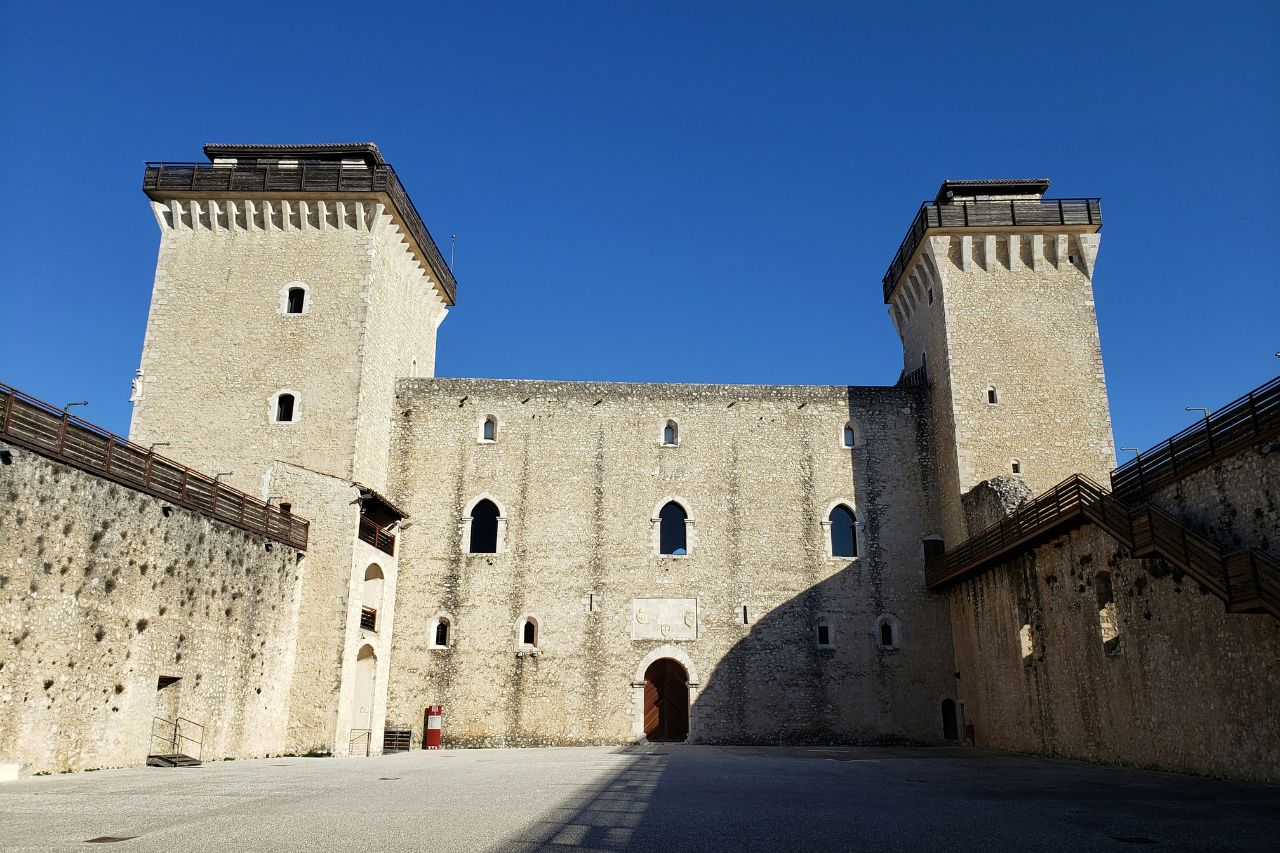
Spoleto, a city where culture and history intertwine, stands proudly in Umbria. Known for the Festival dei Due Mondi, it’s a place where arts converge in a stunning display of creativity. The city’s ancient Roman theater and the fortress atop the hill offer not just historical insights but breathtaking views. Spoleto’s culinary offerings are a true reflection of Umbria’s rich gastronomy, making every dining experience memorable. It’s a city that captures the essence of Italian tradition and innovation.
After marveling at this gem among central Italy cities, let’s move on to see what other surprises await us in the next city.
13. Orvieto

This town is a marvel of medieval architecture and history. The Duomo, with its striking facade, showcases the brilliance of Italian Gothic design, drawing visitors into a world of artistic splendor. The city’s underground tunnels, dating back to the Etruscans, offer a fascinating glimpse into ancient life. Orvieto Classico, the city’s famed white wine, is a must-try, embodying the unique flavors of the region. Orvieto is a city where history, art, and the joys of Italian life converge.
14. Ancona
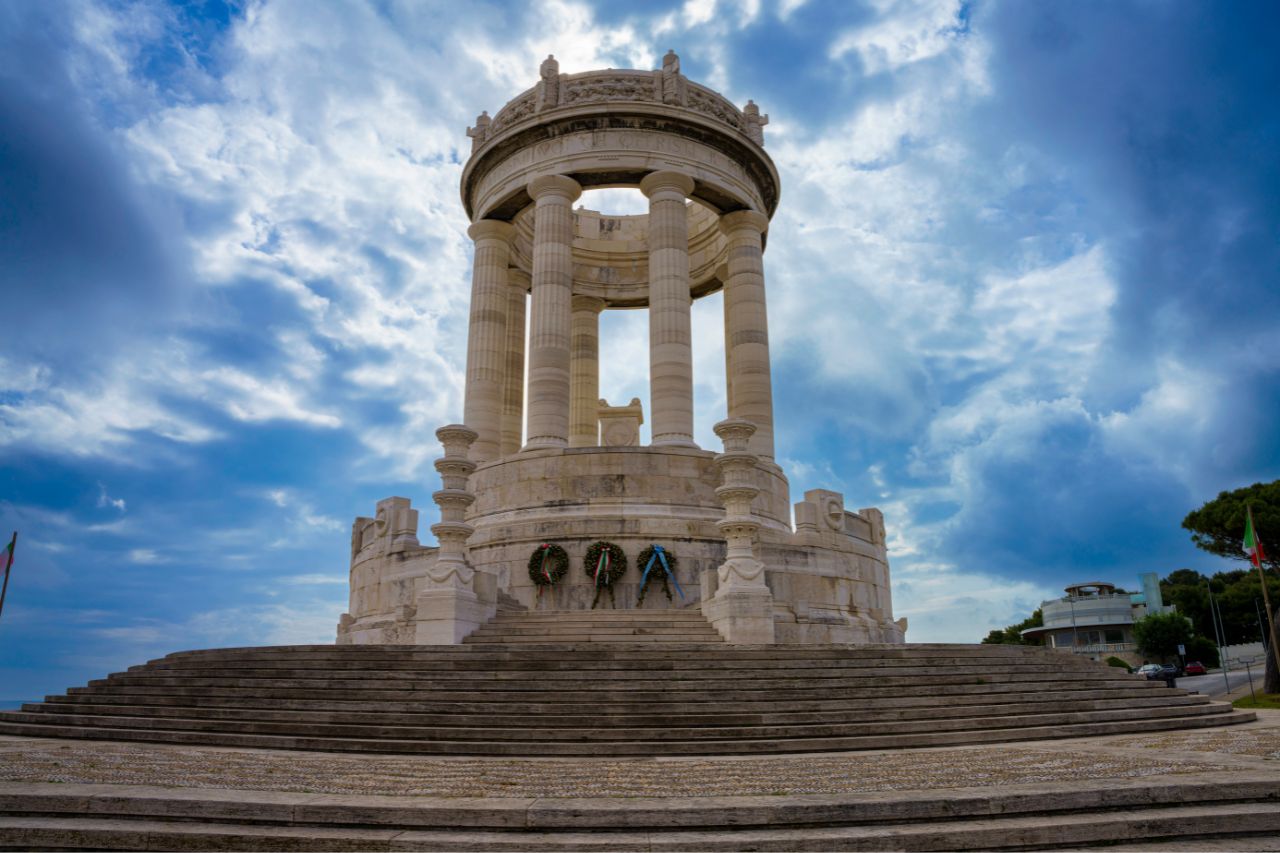
Ancona is the capital of Le Marche. The city has become most famous for its international port, and each year, over one million travelers pass through this port on their way to other countries like Turkey, Greece, and Albania. You might visit this city for its fantastic views, history, and art. For a good art gallery, head over to the Pinacoteca Communale, located in the historic palazzo. It contains works by the artist Titian.
15. Pesaro
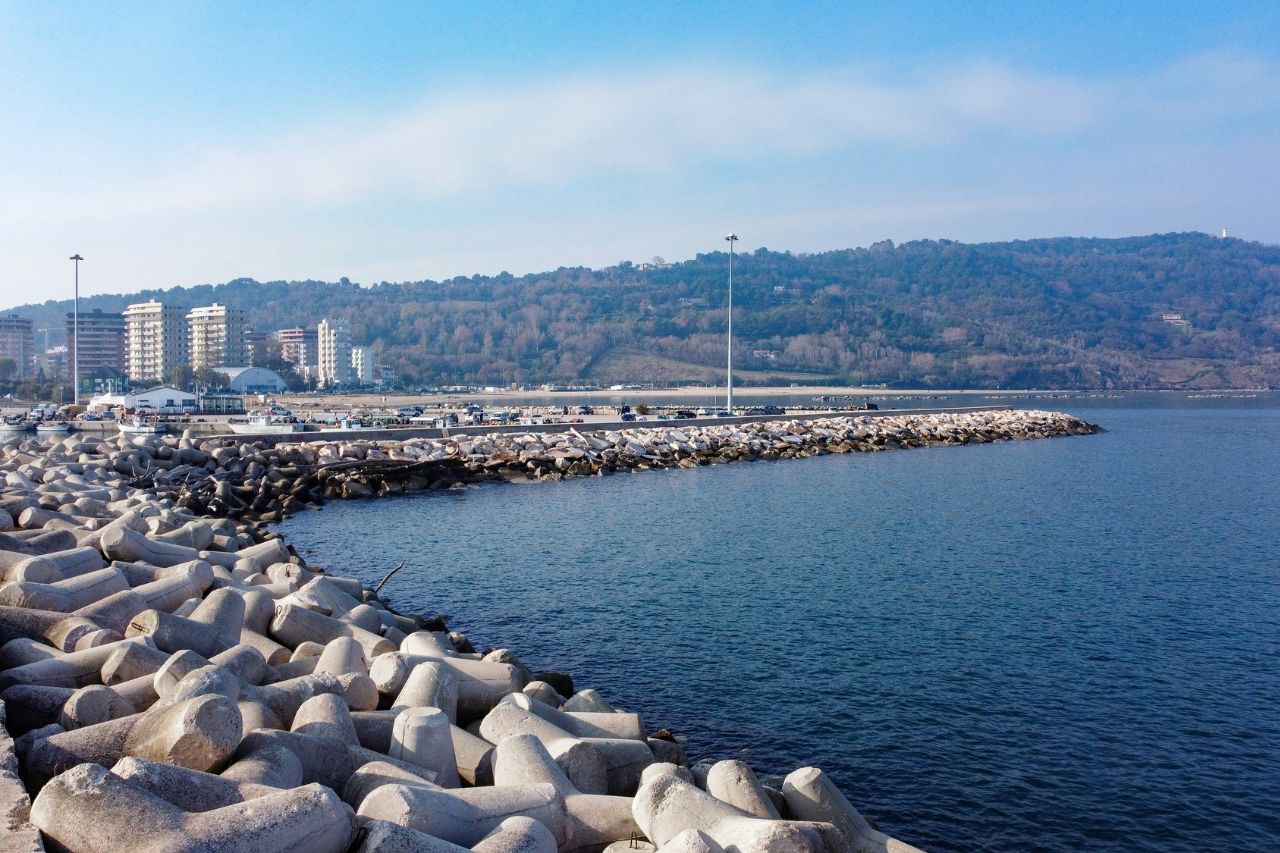
One of the central Italy cities, Pesaro is worth a visit because it is the home of some of the greatest masterpieces in the history of opera. It’s famous for being the UNESCO Creative City of Music, and you will find that it was the home of Gioacchino Rossini the composer who wrote the Barber of Seville and William Tell. Beyond its musical heritage, Pesaro’s beautiful beaches and vibrant cultural scene make it a perfect blend of relaxation and cultural enrichment. The Rossini Opera Festival pays homage to its native son, bringing opera enthusiasts to its historic theaters.
Italy Travel Secret
Did you know that Pesaro has been named the Italian Capital of Culture in 2024? This captivating city, steeped in history and tradition, stands out as the epicenter of cultural events, art exhibitions, and performances, celebrating its artistic heritage in an unforgettable year.
16. Macerata
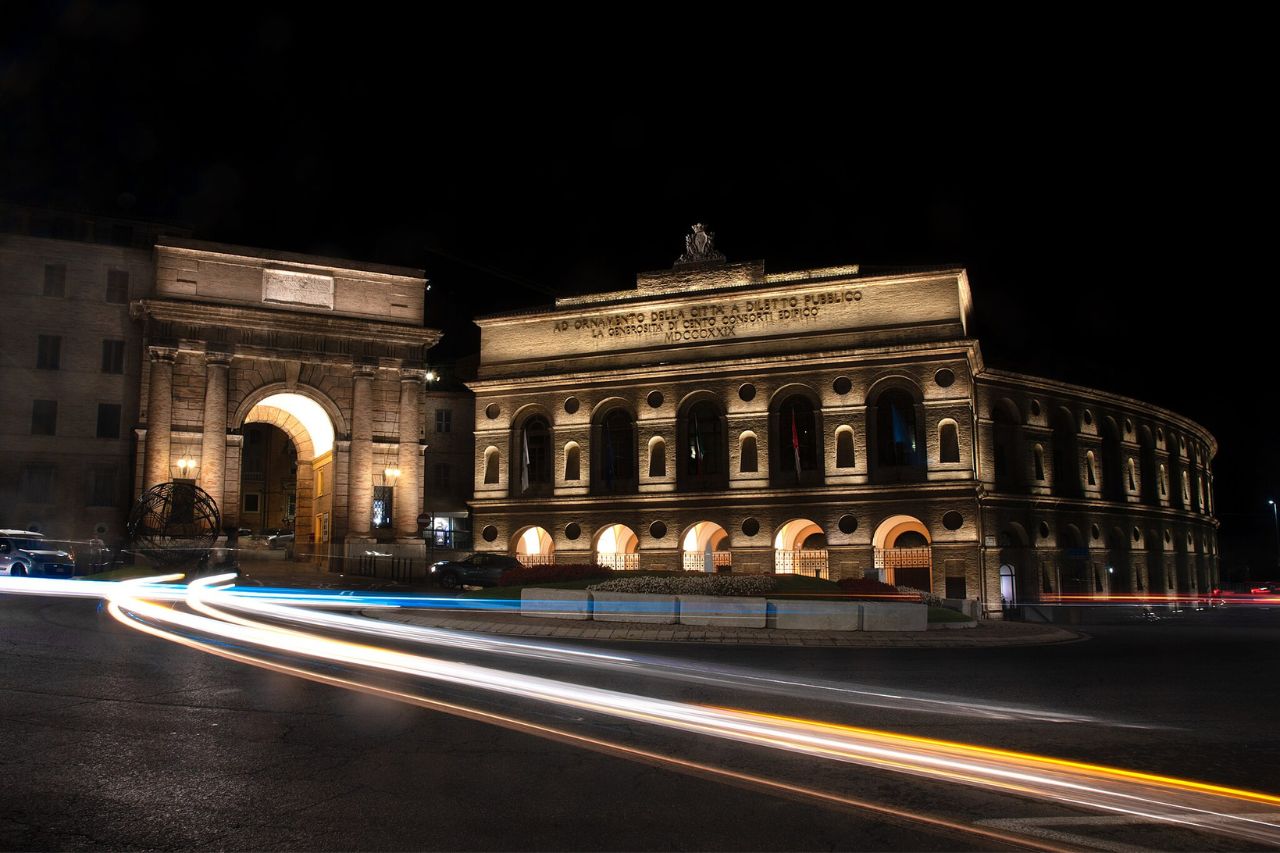
Rich in Renaissance and Baroque architecture, Macerata is famous because it preserved its beautiful historical center with its defensive walls. Some have given it the nickname, “The Athens of Marche.” There are virtually no tourists in Macerata, and the medieval buildings will leave you in awe. Macerata boasts many fun festivals and mountain views. Its Sferisterio, an open-air opera venue, hosts a renowned summer opera festival that attracts visitors from around the globe, offering a unique cultural experience amidst the city’s historical backdrop.
17. Ascoli Piceno
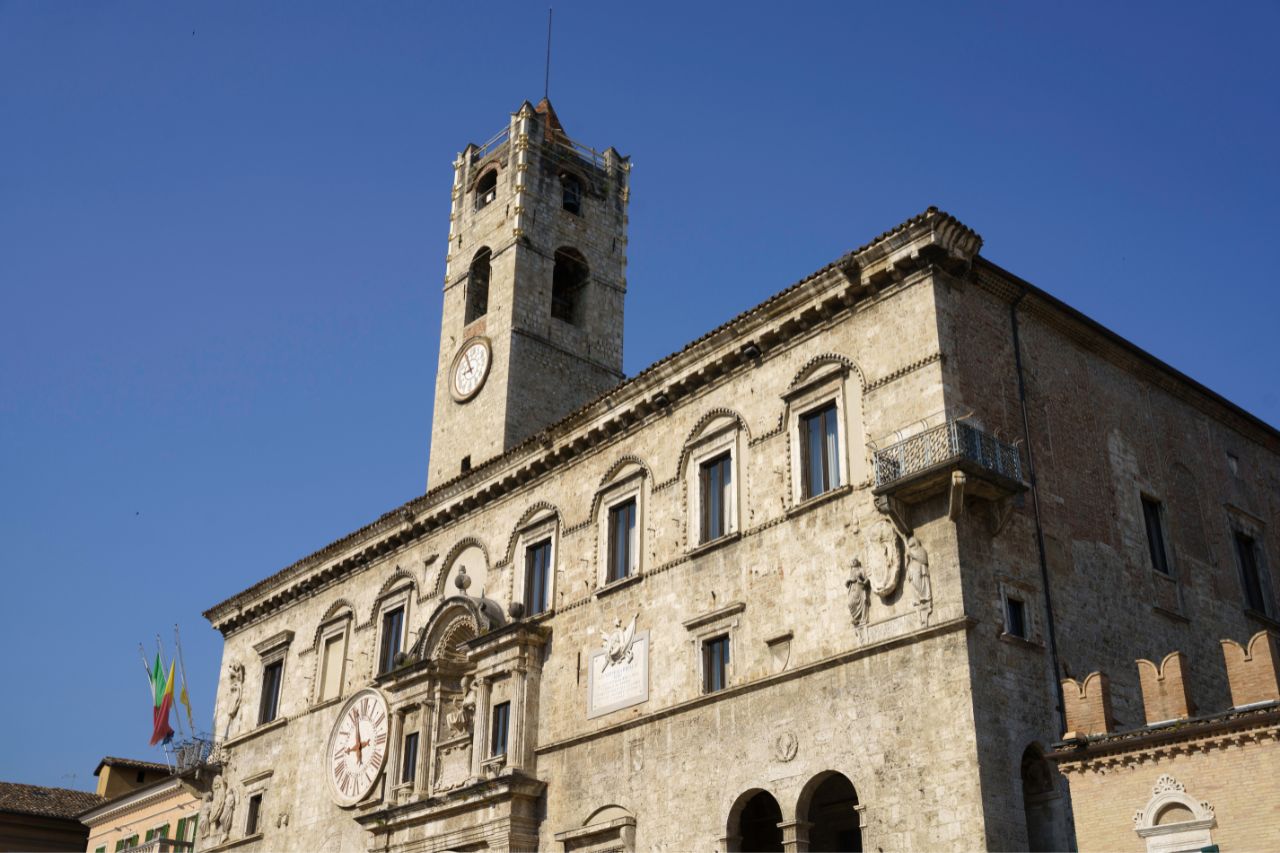
One of the elegant cities in Le Marche, you will have many reasons to visit including a lavishly decorated ancient theater. You will also find many historic buildings, churches, and splendid piazzas. The city has ancient Roman origins that date back to the 3rd century BC when the Romans first settled in this territory. Ascoli Piceno’s charm is further enhanced by its celebrated culinary tradition, including the famous olive ascolane (stuffed olives), which offers a taste of the city’s rich culinary heritage alongside its architectural and historical wonders.
18. Fermo
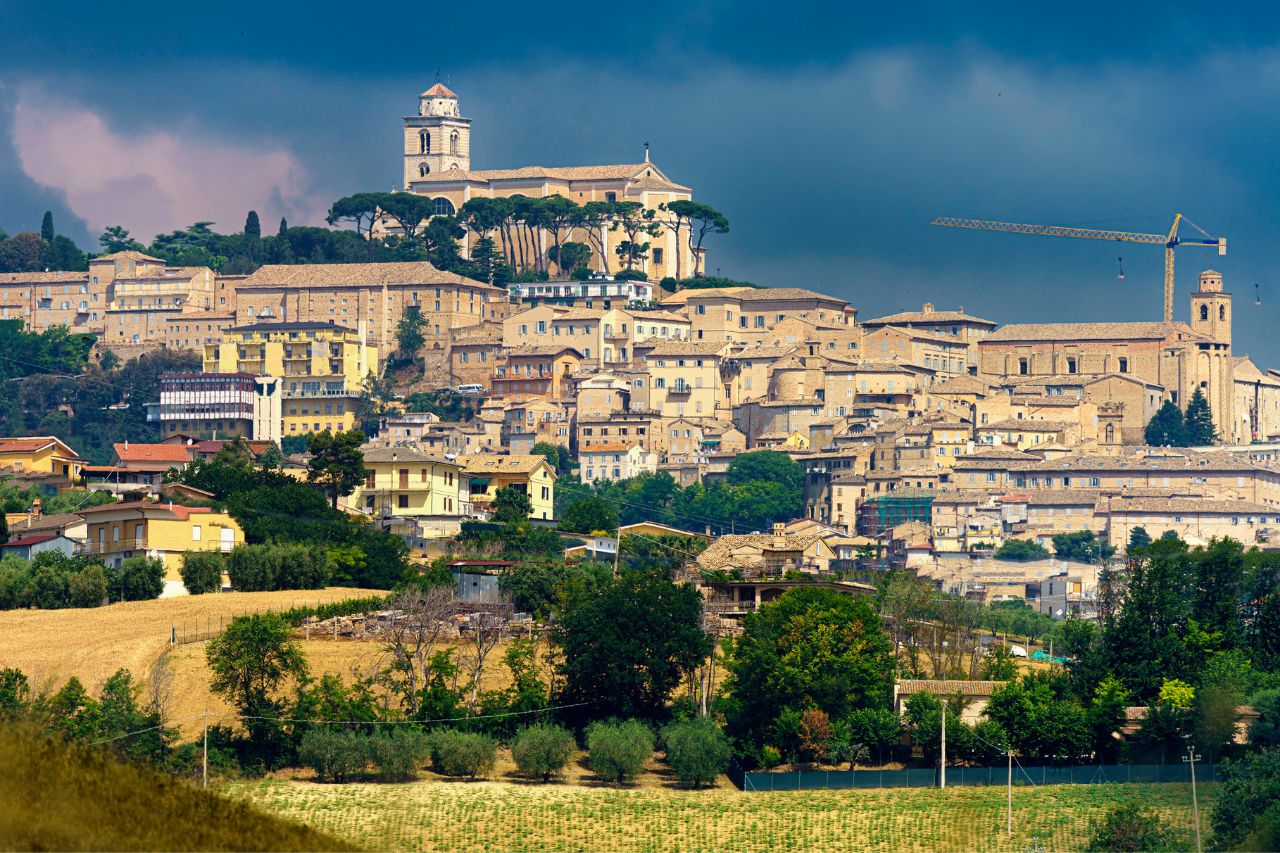
Situated in the heart of the Marche region, Fermo offers a unique blend of historical depth and scenic beauty. This city, rich in culture and heritage, boasts an impressive cathedral that dominates the skyline, a testament to the city’s medieval and Renaissance past. Fermo’s historic center, with its elegant squares and well-preserved buildings, tells stories of centuries past. The city is also home to the Palazzo dei Priori, housing treasures of art and history. For those seeking an authentic Italian experience, Fermo’s weekly market brings the city to life, offering local crafts, foods, and a vibrant atmosphere.
Now that we’ve taken in the sights of this beautiful city, our journey through the central Italy cities isn’t over yet; let’s see what’s next.
19. Urbino
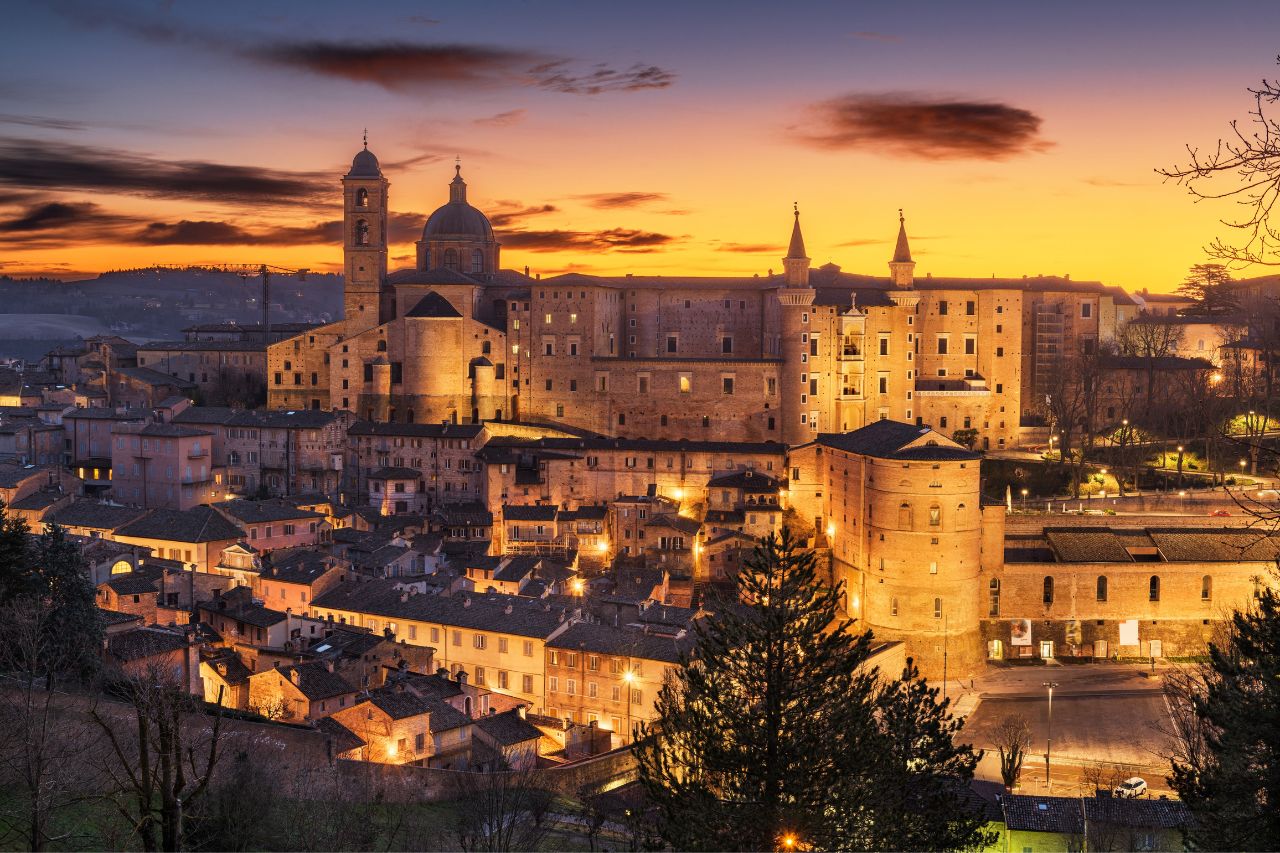
Urbino, a UNESCO World Heritage site, stands as a pinnacle of Renaissance art and architecture. The city’s historical significance is anchored by the Palazzo Ducale, a palace that now serves as a museum displaying works by renowned artists like Raphael, born here. Urbino’s striking cityscape, with its harmonious blend of historical buildings and natural landscapes, offers an immersive journey into a bygone era. The city’s commitment to preserving its cultural heritage makes it a living museum, inviting visitors to explore its narrow streets, majestic palaces, and the legacy of its illustrious past.
20. Rome
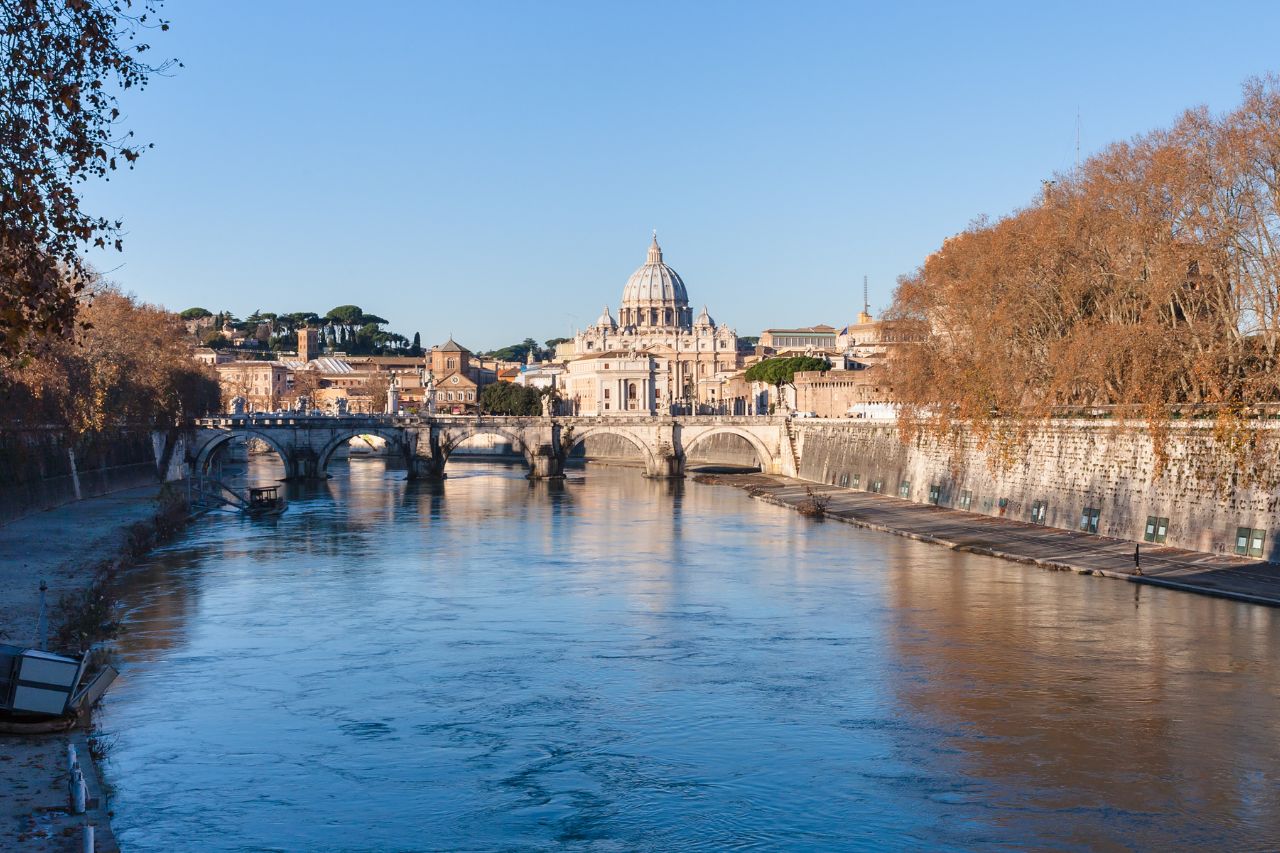
Once the center of the Holy Roman Empire, Rome was the most powerful city on earth, and with that, you can bet that it has a ton of interesting history, temples, foods, art and buildings to see. The city dates back to more than 2,500 years ago, which makes it older than the country of Italy, which was established in 1861. Rome has over 900 churches and 280 fountains, and it is the home of many famous artworks. You could also use it as a place to go shopping.
21. Tivoli
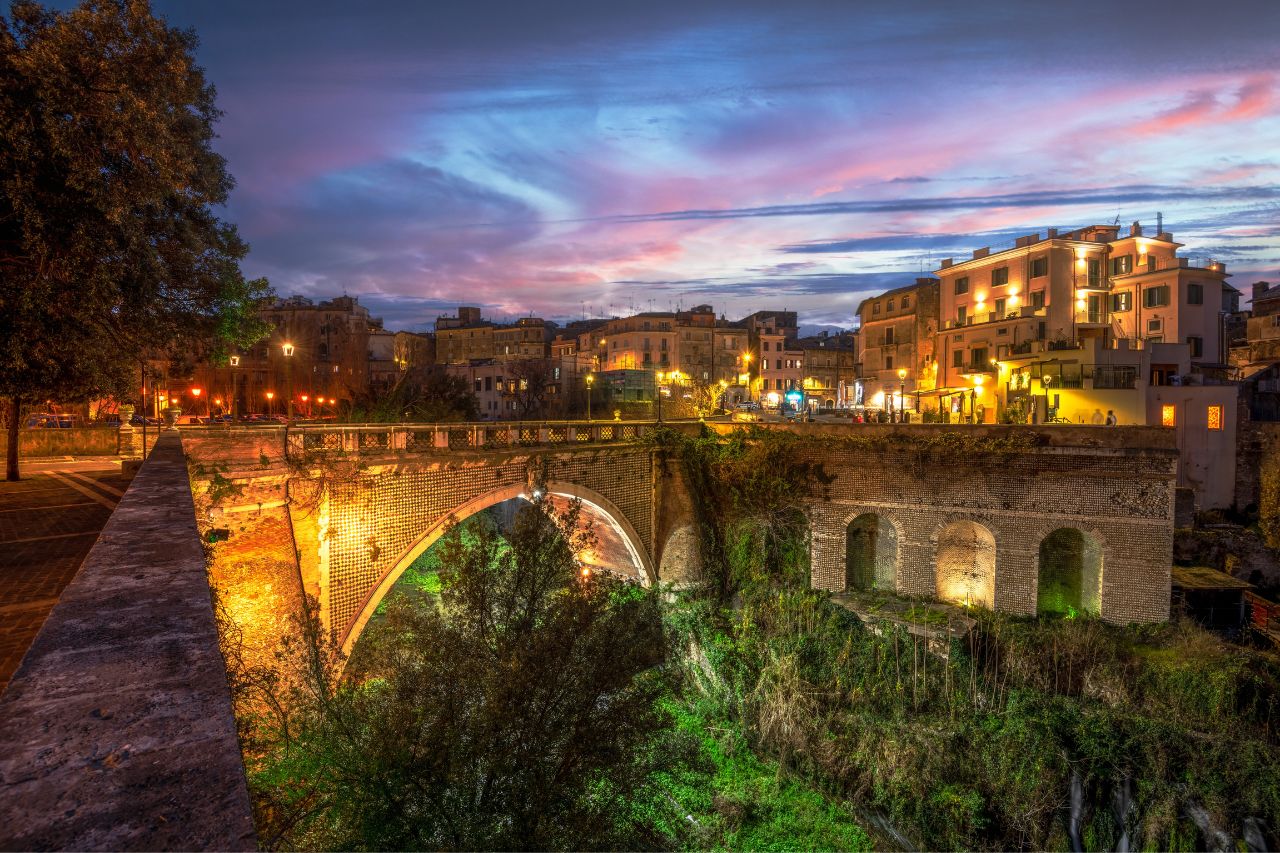
At one time, the ancient Romans used this as one of the central Italy citiesthat they would do summer retreats to, and the wealthy during the Renaissance would also head to Tivoli. This hilltop town has two UNESCO World Heritage sites, and Villa Adriana was once the sprawling estate of Emperor Hadrian. This town has a rich cultural heritage and numerous garden villas. You could especially take advantage of this town if in Rome because it only sits 18 miles to the east.
Italy Travel Secret
Did you know Tivoli has this ancient spot called “Villa d’Este”? It’s been around since the 16th century! You can stroll through stunning gardens, check out awesome fountains, and soak in the history.
22. Viterbo
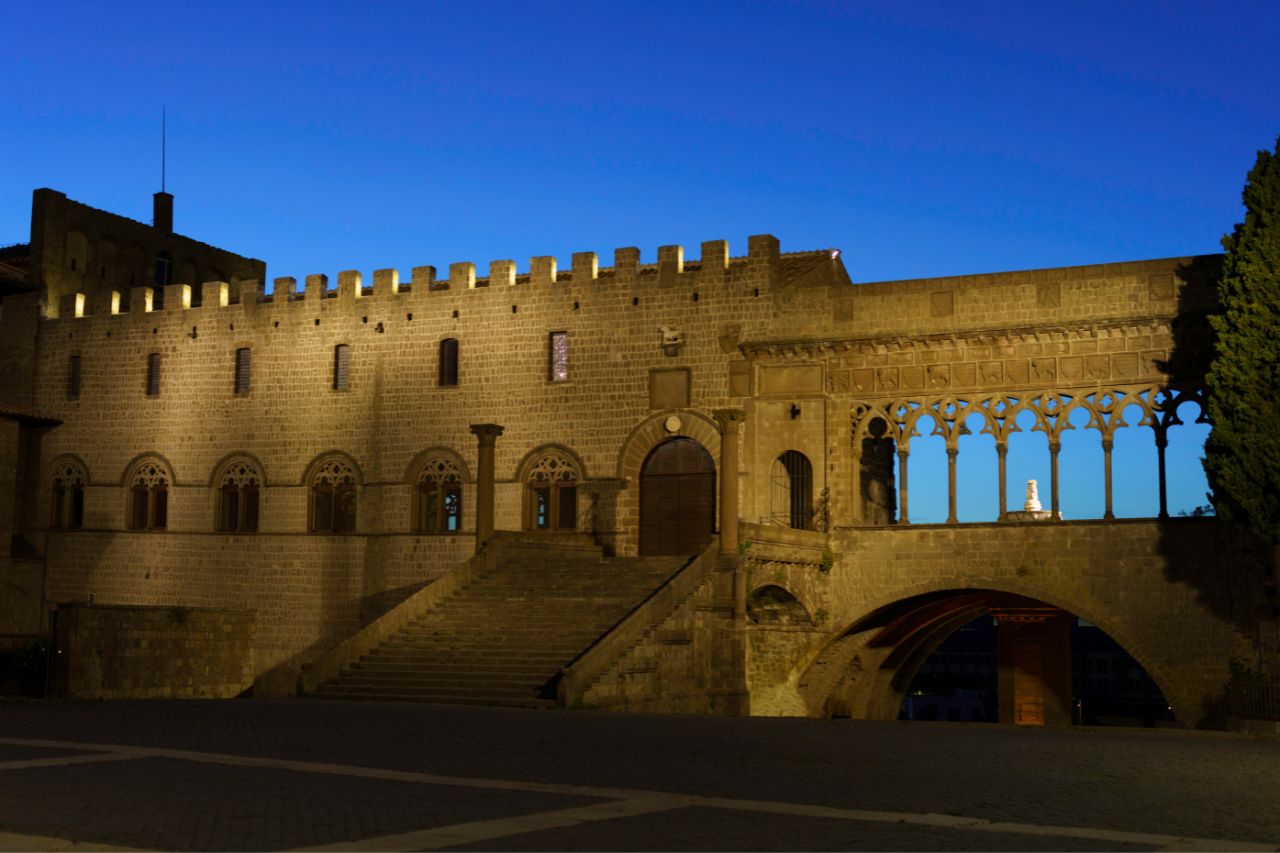
In the 13th century, Viterbo was the official papal residence. He chose to live here to escape the hostile persecutions going on in Rome. In total, 9 popes used Viterbo as the papal residence, which is why you sometimes hear it called, “The City of Popes.” Today, it ranks as one of the best-preserved medieval towns in all of Italy. Many of the older buildings (especially the churches) were built upon ancient ruins. You can recognize this when you see large stones.
23. Rieti

Rieti consists of many architectural wonders, and the city spans many centuries going back to the 9th or 8th century BC. Art lovers will want to check out the Cathedral of Santa Maria Assunta. You will love the ancient Roman bridge located on the Velino river. Rieti has a strong sporting tradition. While here, make sure to check out Rieti’s underground. You will find it hard to imagine that below the street level, there’s a magical world just waiting for discovery. Check out the sturdy arches of what was once an ancient Roman viaduct. It was built in the 3rd century BC and was once the ancient salt route entering the city.
24. Latina

Latina, founded under Mussolini’s regime, presents a different facet of Italy with its modernist architecture and planned urban layout. Unlike the ancient cities of Italy, Latina offers a glimpse into the country’s 20th-century history, with wide, straight avenues and public buildings designed in the Fascist architectural style. The city is surrounded by lush landscapes, including the Pontine Marshes, which have been transformed into fertile agricultural land. Latina’s beaches, such as those at Sabaudia, are popular with both locals and tourists for their natural beauty and serene atmosphere. It’s a city where history and modernity meet, offering visitors a unique perspective on Italy’s diverse character.
25. Civitavecchia
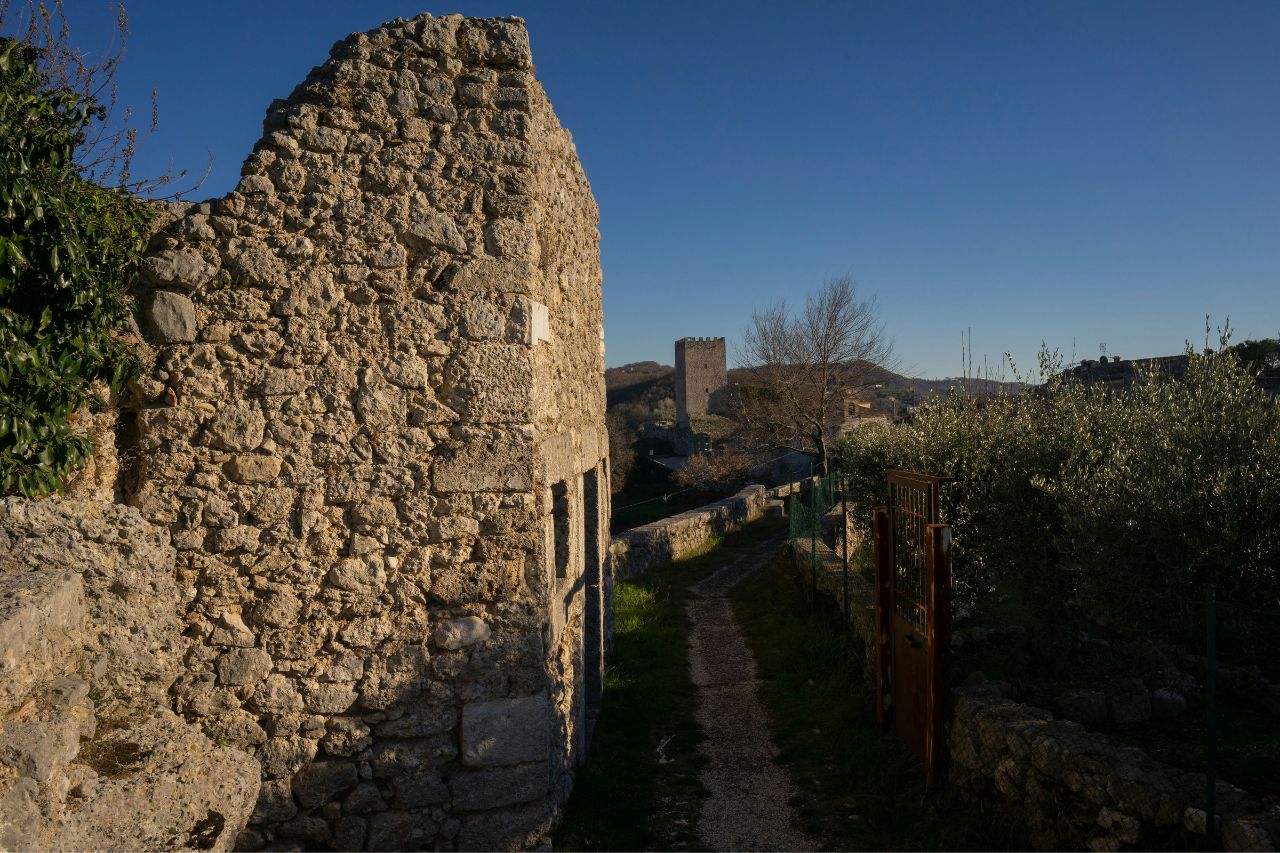
Civitavecchia, known as the port of Rome, is a vital link between Italy and the Mediterranean. This bustling harbor city is more than just a transit point; it boasts a rich history dating back to the Etruscany era. The Forte Michelangelo, a fortress guarding the port, symbolizes Civitavecchia’s historical importance, offering visitors a glimpse into its strategic past. While many travelers pass through Civitavecchia on their way to or from Rome, the city’s waterfront promenade, ancient Roman ruins, and the Taurine Baths, an archaeological complex of thermal springs, invite exploration. Civitavecchia serves as a fascinating prelude or epilogue to the wonders of Rome and beyond.
What are the Characteristics of the Cities of Central Italy?
The characteristics would be the charming rolling hills and the towering mountains of the Apennines, with the tallest peak reaching 9,554 feet, and where a few major rivers flow from. The region boasts a warm, dry Mediterranean climate with mild winters and warm summers, causing the buildings to be built with heavy building materials, sun shading devices, and high building density. Most of the rain only falls here during the winter months. Central Italy would consist of 22,400 square miles with Rome being the largest city in this region at 2.873 million people.
What are the Regions of Central Italy Made up Of?
To better understand the central Italy cities, let’s take a look at the regions that make up central Italy. This will help you to better understand the cities found within those regions.
Tuscany
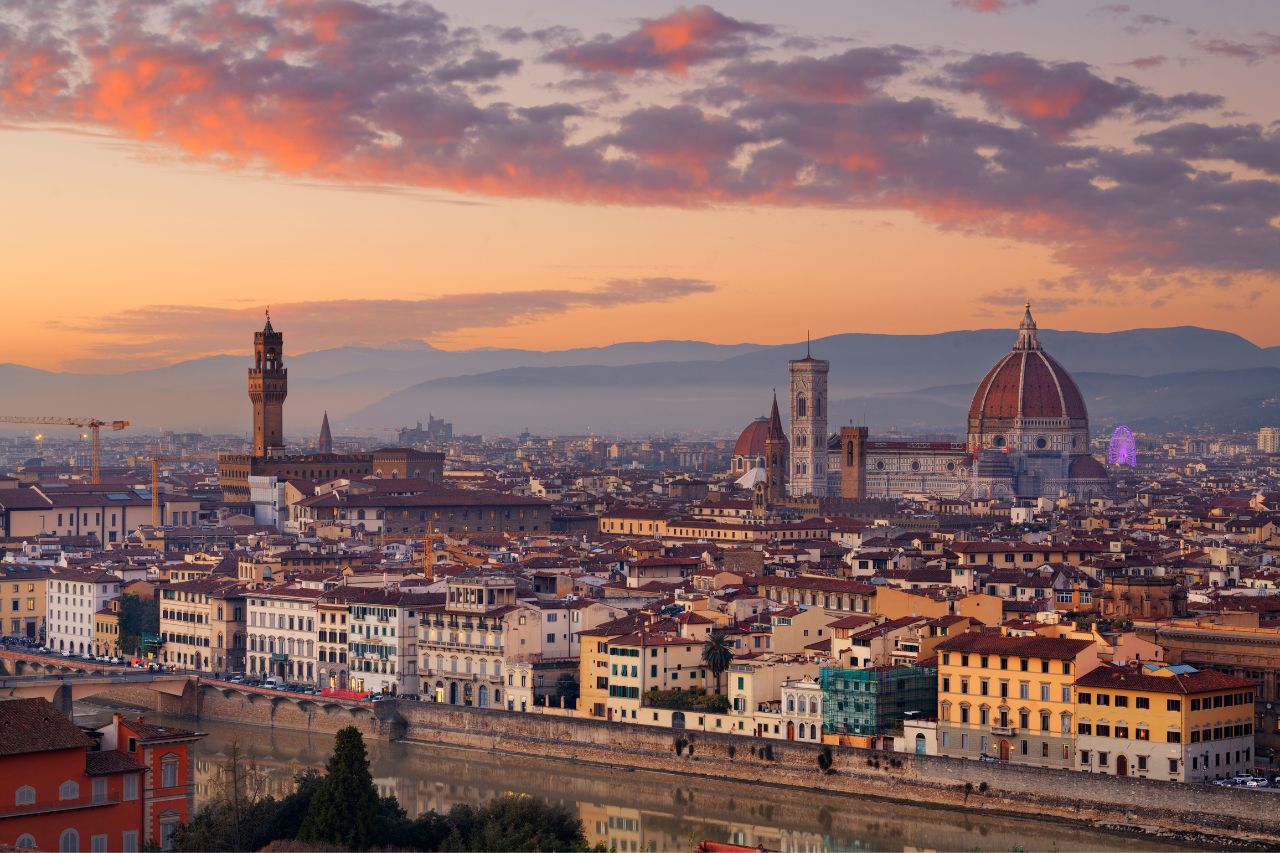
The capital of Tuscany is Florence, a charming city once known for its Renaissance artists like Leonardo da Vinci, Sandro Botticelli, Michelangelo Buonarroti, and Perugino. Besides Florence, Tuscany has other great cities worth checking out including Pisa, Siena, Livorno, and Grosseto. Tuscany also happens to rank as the most popular out of all the 20 Italian regions. Its western edge sits along the Tyrrhenian Sea.
Umbria
This region of Italy makes up 3,268 square miles. In terms of the cities that you would want to see here, they include Perugia, Assisi, Gubbio, and Terni. The region sits in the middle with Rome to the south and Florence to the north. You would love to come to this region if you enjoy art and history. Umbria also holds some of the oldest cities in all of Italy with many of them well preserved.
Le Marche
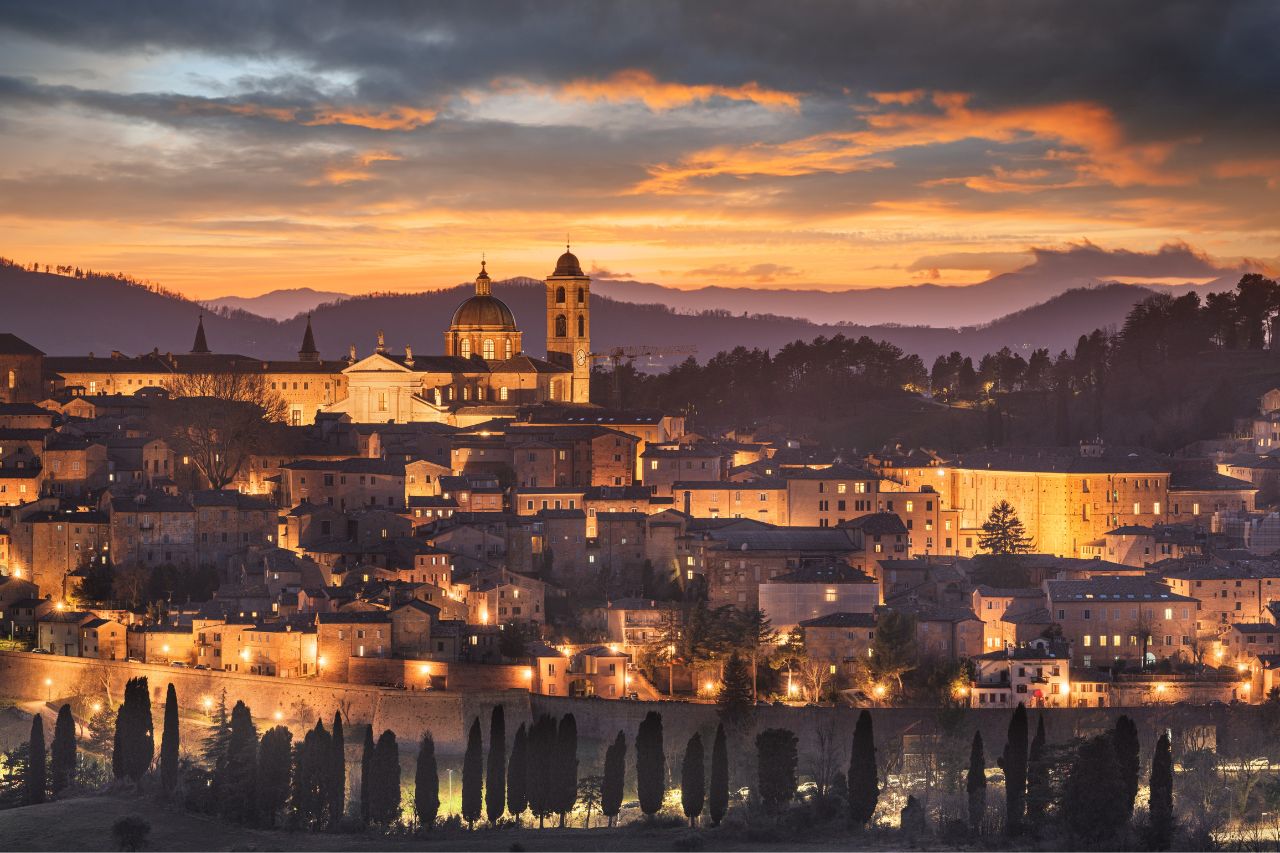
One of our favorite ways to travel through Le Marche is by cycling. Some of the must-see cities here that you must visit include Ancona, Pesaro, Macerata, and Ascoli Piceno. This region is famous for its history, artistic heritage, beautiful coastline, and its authenticity. Le Marche remains relatively unknown to travelers compared to some of the other regions.
Lazio
Famous for being the region with Rome, this is also the capital city. As far as cities in center Italy go, you can choose from a few including Rome, Tivoli, Viterbo, and Rieti. This ranks as the most visited region in all of Italy in part thanks to Rome. Mountainous views and stunning coastlines help to make this region into dreamy landscapes. This region is home to many time-honored and ancient traditions.
Wrap Up
This shows you 25 of the best cities in central Italy. We invite you to explore it for yourself and see what kind of fascinating things that you might come across on your own while strolling through the ancient streets of what was once the beating heart of the Holy Roman empire. Some of the cities here are medieval towns rich in history, art, and tradition. You never know what you might find when exploring this exciting part of Italy, which is what makes vacation so satisfying.


